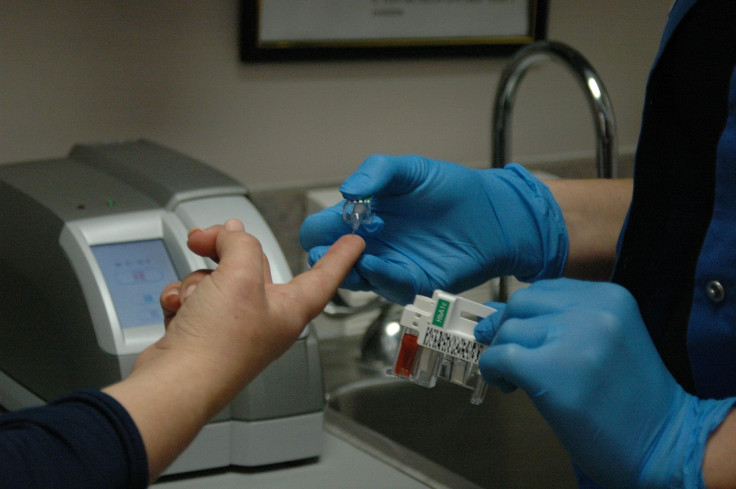Type 1 Diabetes Breakthrough: Scientists Identify Key Molecule Targeted By Immune System

Researchers are one huge step closer to understanding what causes Type 1 diabetes — they’ve finally identified a mystery molecule that the immune system attacks in those with the disorder.
Type 1 diabetes occurs when the body is unable to produce insulin, a necessary substance for regulating sugar in the blood and helping the body use it for energy. The condition, classified as an autoimmune disease, is not preventable and affects over 200,000 Americans. In those who are affected, the immune system reacts to certain molecules in the pancreas, which would normally be ignored. Currently we have tests to detect antibodies in the blood that specifically react to these molecules — the more antibodies detected in a person, the higher their risk of developing Type 1 diabetes.
Until now, scientists had successfully identified only four molecules targeted by the immune system in Type 1 diabetes. In the new study, however, scientists identified a fifth molecule, which had simply been called “Gilma” for 20 years. Recognizing the molecule, whose true identity is tetraspanin-7, could make tests for diabetes prediction much more accurate, according to the team. The researchers are also looking into ways to use the molecule to block an immune attack, and in turn prevent diabetes from developing at all.
“Being able to detect circulating autoantibodies and identify their molecular targets has allowed scientists to develop tests for the clinical diagnosis of type 1 diabetes, and for the identification of individuals at high risk of developing the disease,” said lead author Dr. Michael Christie, from the University of Lincoln, UK, in a press release. “Evidence from both animal studies and human trials indicate that type 1 diabetes may be prevented in individuals at risk, and a number of therapies to interfere with immune responses have proved effective in preventing disease development in animals and in slowing the loss of insulin-secreting cell function in human patients.”
Christie added that the focus of future research is now developing procedures that would interfere with the immune responses that cause diabetes, so it’s necessary for researchers to have as much information as possible about the targeted molecules.
“We already had some knowledge about the physical properties of Gilma but its molecular identity has for many years proved elusive,” Christie said. “This has hampered the development of relevant autoantibody tests.”
Christie said that now, since they know the identity of the molecule, they can exploit it to make strides in diabetes prediction and immunotherapy. Including tetraspanin-7 antibodies in assessments for diabetes risk could help the researchers understand peoples’ individual immune responses, which is crucial for developing treatments that would be capable of preventing or stopping diabetes in its tracks.
Dr. Emily Burns, Research Communications Manager at Diabetes UK, said that understanding the immune response that damages insulin-producing cells is imperative if researchers want to prevent diabetes.
“Dr. Christie’s impressive research is helping us to do just that,” she said. “We hope that the findings here will be used to improve the identification of those at risk of type 1 diabetes and, in the long-term, inform the crucial development of therapies that can stop this immune response from happening and ultimately prevent type 1 diabetes.”
Source: McLaughlin K, Richardson C, Ravishankar A, Brigatti C, Liberati D, Lampasona V. Identification of Tetraspanin-7 as a Target of Autoantibodies in Type 1 Diabetes. Diabetes. 2016.



























